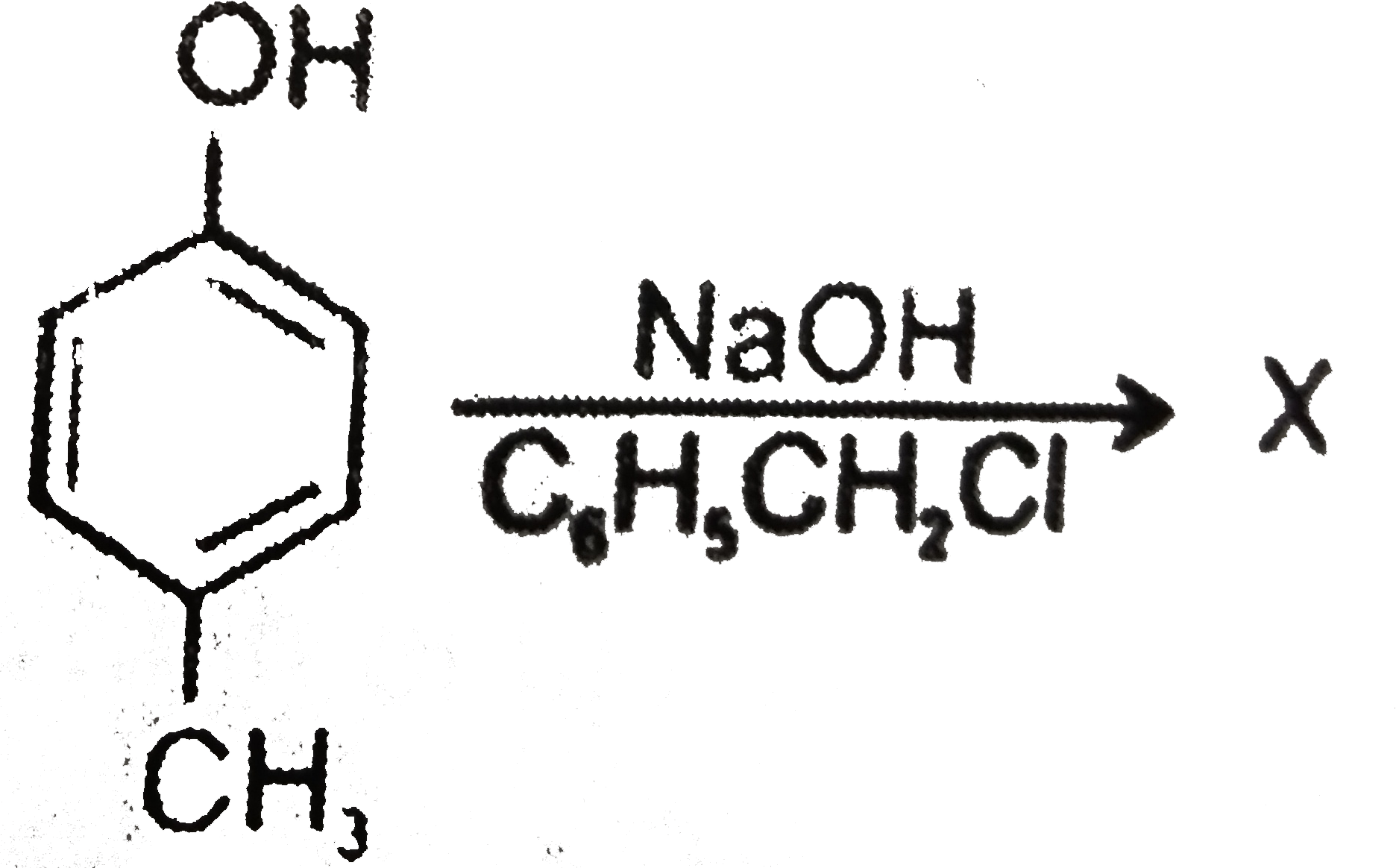R-X + NaOH → ROH + Na X, The above reaction is classified as:
Nucleophilic substitution
Electrophilic substitution
Reduction
Oxidation
The correct Answer is:A
To classify the reaction R-X + NaOH → ROH + NaX, we can analyze the components and the type of reaction taking place. Here’s a step-by-step breakdown:
Step 1: Identify the Reactants and Products
- The reactants are R-X (where R is an alkyl group and X is a halogen) and NaOH (sodium hydroxide).
- The products are ROH (an alcohol) and NaX (sodium halide).
Hint: Look for the functional groups in the reactants and products to understand what transformations are occurring.
Step 2: Understand the Role of Each Component
- R-X contains a halogen (X) which is a good leaving group.
- NaOH provides hydroxide ions (OH⁻) which act as nucleophiles.
Hint: Identify which species are acting as nucleophiles and electrophiles in the reaction.
Step 3: Analyze the Mechanism of the Reaction
- The hydroxide ion (OH⁻) attacks the carbon atom bonded to the halogen (X) in R-X.
- This results in the substitution of the halogen (X) with the hydroxyl group (OH), forming ROH.
Hint: Consider how nucleophiles interact with electrophiles in substitution reactions.
Step 4: Classify the Type of Reaction
- Since a nucleophile (OH⁻) is replacing a leaving group (X), this reaction is classified as a nucleophilic substitution reaction.
- The general mechanism can be classified as either SN1 or SN2 depending on the structure of R, but the key point is that it is a nucleophilic substitution.
Hint: Recall the definitions of nucleophilic and electrophilic substitution to confirm your classification.
Conclusion
The reaction R-X + NaOH → ROH + NaX is classified as a nucleophilic substitution reaction.
---
- The reactants are R-X (where R is an alkyl group and X is a halogen) and NaOH (sodium hydroxide).
- The products are ROH (an alcohol) and NaX (sodium halide).
- R-X contains a halogen (X) which is a good leaving group.
- NaOH provides hydroxide ions (OH⁻) which act as nucleophiles.
- The hydroxide ion (OH⁻) attacks the carbon atom bonded to the halogen (X) in R-X.
- This results in the substitution of the halogen (X) with the hydroxyl group (OH), forming ROH.
- Since a nucleophile (OH⁻) is replacing a leaving group (X), this reaction is classified as a nucleophilic substitution reaction.
- The general mechanism can be classified as either SN1 or SN2 depending on the structure of R, but the key point is that it is a nucleophilic substitution.
The reaction R-X + NaOH → ROH + NaX is classified as a nucleophilic substitution reaction.
Topper's Solved these Questions
- HALOALKANES & HALOARENES BOOK - VMC MODULES ENGLISHCHAPTER - HALOALKANES & HALOARENES EXERCISE - EFFICIENT
100 Videos
- ENVIRONMENTAL CHEMISTRYBOOK - VMC MODULES ENGLISHCHAPTER - ENVIRONMENTAL CHEMISTRYEXERCISE - JEE Main (Archive)
39 Videos
- HALOALKANES AND HALOARENESBOOK - VMC MODULES ENGLISHCHAPTER - HALOALKANES AND HALOARENESEXERCISE - IN-CHAPTER EXERCISE - F
6 Videos
Similar Questions
Assertion (A): For the reaction
RCl+NaOH(g)→ROH+NaCl, the rate of reaction is reduced to half on reducing the cocentration of RCl to half.
Reason (R ): The rate of the reaction is represented by k[RCl], i.e., it is a first order reaction.
View Solution
In the above reaction 'X' stands for
View Solution
Knowledge Check

Value of x in above reaction is :A1B2C3D44-chloro-1-butanol + NaOH→ (B)
Product (B) of the above reaction is :A B
B C
C D
D
 , Compound (x) in the above reaction is :APh−O∣∣C−CH3BPh−O∣∣C−HCPh−CH2−O∣∣C−HDPh−CH2−O∣∣C−CH3
, Compound (x) in the above reaction is :APh−O∣∣C−CH3BPh−O∣∣C−HCPh−CH2−O∣∣C−HDPh−CH2−O∣∣C−CH3

In the above reaction 'X' stands for
View Solution_E01_062_Q01.png)
What are X and Y in above reaction.
View Solution
The major product X in the above reaction is
View Solution
The major product X in the above reaction is
View SolutionCH3CHO+CH3CH2CHOdil.NaOH−−−−−→
The number of product (s) in the above reaction is ( are) ( excluding stereoisomers )
View Solution
